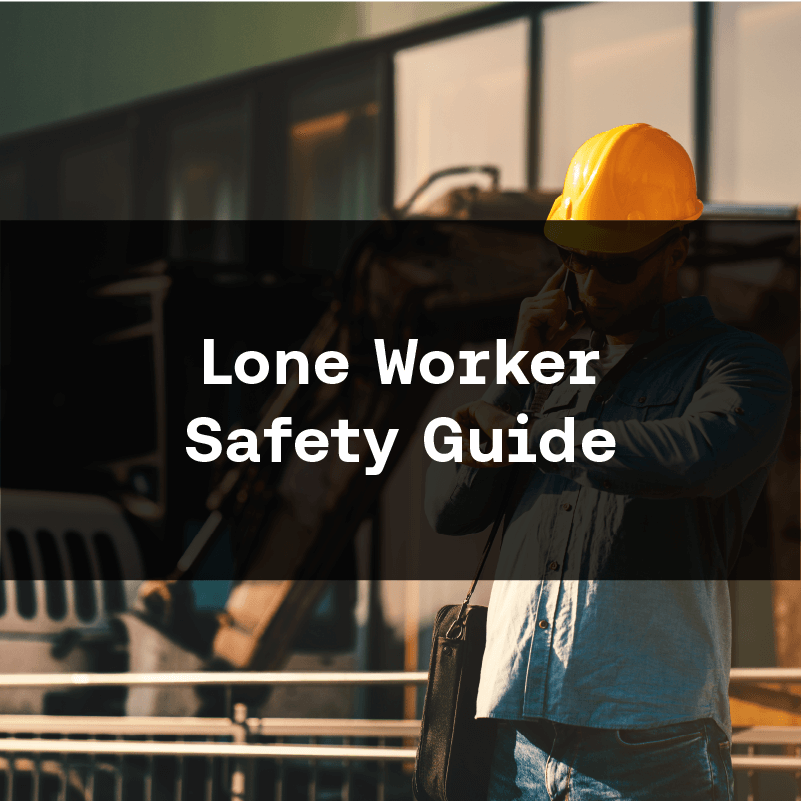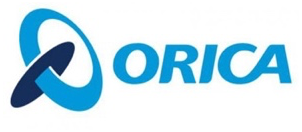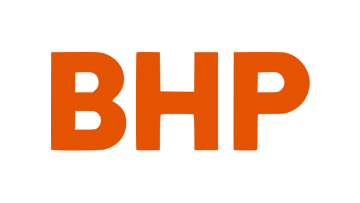Our free, in-depth guide will teach you everything you need to know to ensure your Lone Worker’s Safety. It Includes:

A lone (or isolated worker) carries out their work activities without the immediate and direct support of colleagues or supervisors. Simply put, if they can’t be heard or seen by their colleagues, they are working alone, whether an entire day or a part of the working day.
The Lone Worker Safety Guide should be used as a reference to develop or enhance your organisation's lone worker safety policies and procedures. Ensure that your policies align with best practices and regulatory requirements.
Effective communication systems, regular check-ins or virtual supervision, risk assessments, emergency response protocols, personal safety training, access to safety resources, and appropriate personal protective equipment (PPE).
Yes, lone workers have the right to refuse work if they believe it poses a significant risk to their health and safety. Employers should have processes in place to address such concerns and ensure that appropriate measures are taken to mitigate risks.
Lone workers should have clear instructions on how to respond in case of a medical emergency or injury. This may include carrying a first aid kit, receiving appropriate medical training, having access to emergency medical services, and informing supervisors or designated emergency contacts.
SafetyIQ’s Lone Worker Safety Solution provides a streamlined, automated and reliable approach to managing the risks of a lone and isolated workforce.
Users create a Lone Worker Activity with Check-Ins at scheduled time intervals. There is an optional risk assessment attached to the activity that includes an automated approval process. This calculates the risk score and automatically approves low-risk results and notifies a supervisor for review in high-risk scenarios.
If approved, the user can start their lone work and they are given automatic SMS and email reminders to check-in at predetermined times to confirm their safety. If they fail to check-in, the escalation process is triggered and managers are alerted to respond.
On average, our customers have seen 85.17% productivity improvements.
Sandvik in particular experienced:








Switching to SafetyIQ has saved companies valuable time by eliminating their manual processes.
Copyright © 2024 SafetyIQ Pty Ltd. All Rights Reserved.